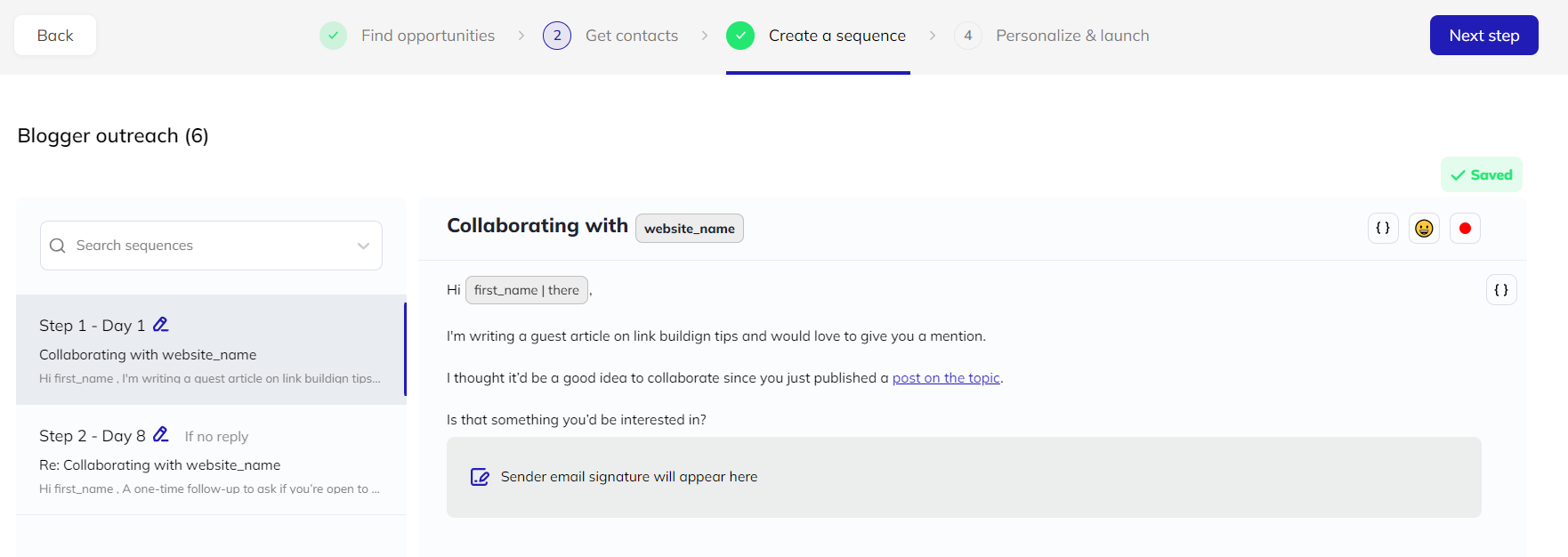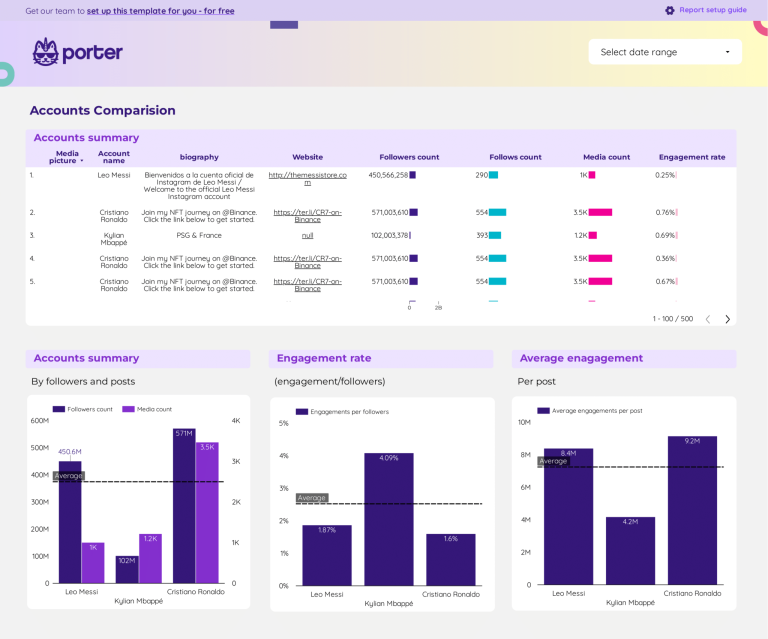
In the ever-evolving digital landscape, content is king. But in today’s competitive environment, it’s not just about creating great content—it’s about creating great content that resonates with your audience and amplifies your brand’s message. This is where collaborative content partnerships come into play. By co-creating content with aligned brands, you can unlock new opportunities, expand your reach, and build deeper connections with your target audience.
This article will explore how to build successful collaborative content partnerships, why they matter, and how to implement them effectively in your content strategy. Whether you’re a small business owner or a marketing professional, understanding and leveraging these partnerships can be a game-changer for your brand’s growth.
What Is Collaborative Content Partnerships and Why It Matters
Collaborative content partnerships involve two or more brands working together to create content that benefits both parties. This could take many forms—co-branded blog posts, joint webinars, shared social media campaigns, or even cross-promotional videos. The key is that the content aligns with both brands’ values, audiences, and goals.
Why does this matter? In an era where consumers are overwhelmed by information, authenticity and relevance are crucial. Collaborative content allows you to tap into another brand’s audience while maintaining your unique voice. It also helps you build trust with new audiences through the credibility of your partner.
For example, if you run a fitness blog and partner with a nutrition brand, you can co-create a guide on healthy eating and workouts. This not only provides value to your readers but also introduces your blog to the nutrition brand’s followers, who may not have discovered you otherwise.
According to a 2023 study by HubSpot, 68% of marketers believe that content collaborations lead to higher engagement rates compared to standalone content. This makes sense: when two brands work together, their combined efforts often result in more comprehensive, diverse, and compelling content.
How Collaborative Content Partnerships Impact SEO Performance
Beyond just increasing visibility, collaborative content partnerships can significantly impact your SEO performance. Here’s how:
1. Increased Backlinks and Authority
When you collaborate with a well-established brand, they may link back to your website in their content. These high-quality backlinks can improve your site’s domain authority and help you rank higher in search engines.
2. Improved Content Quality and Depth
Collaboration brings fresh perspectives and expertise. This means your content is likely to be more in-depth, accurate, and valuable, which search engines favor. High-quality content is one of the top ranking factors, so this can give you a significant edge.
3. Expanded Audience Reach
As mentioned earlier, collaborating with other brands exposes your content to their audiences. This increased traffic can lead to more shares, likes, and comments—signals that search engines use to determine content quality and relevance.
4. Enhanced Brand Credibility
Partnering with reputable brands can enhance your brand credibility. When users see that your content is associated with trusted names, they’re more likely to engage with it—and search engines take note of that engagement.
5. Better User Experience
Collaborative content often includes multiple formats (videos, infographics, articles), making it more engaging and accessible. A better user experience translates to longer dwell times and lower bounce rates, both of which are positive signals for SEO.
Step-by-Step Implementation Framework
Building successful collaborative content partnerships requires a strategic approach. Follow this step-by-step framework to ensure your efforts yield real results:
1. Define or Audit the Current Situation
Start by evaluating your current content strategy. Ask yourself:
– What are your content goals?
– Who is your target audience?
– What brands or partners could complement your content?
Use tools like Google Analytics or SEMrush to understand your current traffic and engagement metrics. This baseline will help you measure the impact of your collaborations later.
2. Apply Tools, Methods, or Tactics
Once you’ve identified potential partners, use the following methods to initiate collaboration:
– Social Media Outreach: Reach out to influencers or brands via LinkedIn, Twitter, or Instagram.
– Content Platforms: Use platforms like Upfluence or ClearVoice to find and connect with creators.
– Event Networking: Attend industry events or virtual meetups to build relationships.
Create a proposal that outlines the value of the partnership for both sides. Be specific about what you want to achieve and how you’ll measure success.
3. Measure, Analyze, and Optimize
After launching the collaboration, track its performance using analytics tools. Key metrics to monitor include:
– Traffic from the partner’s audience
– Engagement rates (likes, shares, comments)
– Backlink acquisition
– Conversion rates (if applicable)
Use this data to refine your approach. For example, if a particular type of content performs well, focus more on that format in future collaborations.
Real or Hypothetical Case Study
Let’s look at a hypothetical case study to illustrate the power of collaborative content partnerships.
Scenario: A skincare brand (Brand A) partners with a wellness influencer (Influencer B) to create a co-branded blog post titled “5 Ways to Achieve Glowing Skin.”
Results:
– Traffic Increase: Brand A sees a 40% increase in traffic from Influencer B’s audience.
– Engagement Boost: The post receives over 10,000 likes and shares on social media.
– Backlink Growth: Influencer B links to Brand A’s website, resulting in 15 new backlinks.
– Sales Lift: The blog post drives a 20% increase in product sales.
This case study highlights how a well-executed collaboration can drive measurable results across multiple channels.
Tools and Techniques for Collaborative Content Partnerships
To streamline your collaborative content efforts, consider using the following tools:
- Upfluence – A platform for finding and managing influencers and content creators.
- ClearVoice – A content creation and management platform that connects brands with skilled writers.
- Klear – Offers insights into influencer performance and audience demographics.
- Trello or Asana – Project management tools to keep your collaboration on track.
- Google Analytics – Track traffic, engagement, and conversion metrics from your collaborations.
- Canva – Create visually appealing content for co-branded campaigns.
These tools can help you find the right partners, manage the creative process, and measure the success of your collaborations.
Future Trends and AI Implications
As AI continues to shape the digital landscape, collaborative content partnerships will evolve in exciting ways. Here are a few trends to watch:
- AI-Powered Collaboration Tools: Expect more tools that use AI to suggest potential collaborators based on audience overlap, content style, and brand alignment.
- Personalized Content Creation: AI can help tailor content to specific audiences, making collaborations even more effective.
- Automated Performance Tracking: AI-driven analytics will make it easier to measure the impact of your collaborations in real-time.
To stay ahead, focus on building strong relationships with partners and using data to guide your strategy. The future of content is collaborative, and those who embrace it will thrive.
Key Takeaways
- Collaborative content partnerships allow you to tap into new audiences and build trust with your target market.
- These partnerships can boost your SEO performance through increased backlinks, better content quality, and expanded reach.
- A structured step-by-step implementation framework ensures your collaborations are effective and measurable.
- Real-world examples show how these partnerships can drive traffic, engagement, and sales.
- Tools and techniques like Upfluence and ClearVoice can streamline the process.
- Future trends suggest that AI will play a growing role in how we find and execute content collaborations.
By embracing collaborative content partnerships, you’re not just creating content—you’re building relationships, expanding your influence, and setting your brand up for long-term success.
Meta Title: Collaborative Content Partnerships — Co-creates pieces with aligned brands
Meta Description: Learn how to build successful collaborative content partnerships with aligned brands to boost your SEO, engagement, and brand visibility.
SEO Tags (5): collaborative content, content partnerships, brand collaboration, SEO strategy, content marketing
Internal Link Suggestions:
– Search Intent Alignment
– Topical Depth & Relevance
– Content Clustering
External Source Suggestions:
– HubSpot: The Power of Content Collaboration
– Upfluence: Find Influencers & Content Creators
– ClearVoice: Content Creation Platform









